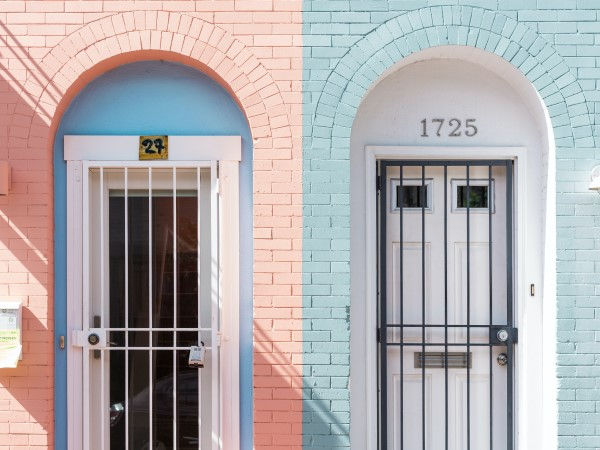Sydney’s investor-owned property listings surge
- nasirghafoor
- Aug 6, 2023
- 2 min read
High risk tolerant or low risk tolerant, rapid interest rate hikes and inflation-related financial stresses are turning both ends of the spectrum investment intolerant.

Last month, investor-owned listings across Sydney surged to a record 39.8%, with more likely to follow suit in the coming months. Australia-wide, the share of investor-owned listings increased to 32.7%, its highest in a year.
In Sydney, the three suburbs with the highest percentage of investor-owned listings in the 12 months to June of this year are Stanmore (53.4%), Forest Lodge (52.9%), and Parklea (51.4%). Not-so-coincidently, the average suspected monthly cash flow shortfall in each of these suburbs has also significantly increased—to $4132 in Stanmore, $1973 in Forest Lodge, and $3187 in Parklea.
Perhaps even more striking is the recently released data from PropTrack based on properties that were purchased from Feb 2020 to June 2023 and subsequently rented out. It shows that due to soaring mortgages, more than four out of every five investors in Sydney and Melbourne who bought property since the beginning of the pandemic in 2020 are negatively geared.
While interest rates and the resulting increase in mortgage repayments are the main culprit behind the mass move to offload a side-asset, other associated costs like insurance, repairs, and maintenance have also caused extra wallet woes.
It’s also worth noting that only a small percentage of investors are cash-rich, whilst the majority are ‘mum and dad’ investors who bought at a time that now seems but a dream, when interest rates were at a record low and the R in RBA stood for ‘Reasonable’.
Jokes aside, wouldn’t the recent sharp increase in rents cover whatever damage interest rates have done to investors in Sydney? Not always. For many landlords, the increase on their monthly repayments far exceeds any increases they have passed on to renters. According to CoreLogic, in the past 12 months, mortgage repayments have increased by $1402 across Sydney while rents increased by $363, resulting in a cash flow short fall of $1039 for investors every month.
Many tenants are also locked in fixed term leases for twelve months—a time period that can, as we have witnessed, experience 11 rate hikes within it. As such, landlords are having a hard time keeping up. Just as a new price and lease is negotiated, RBA says “Hold my beer.”
Of course, this has created a tough environment for renters, many of whom can no longer afford to re-sign their leases or find suitable accommodation due to soaring prices. In some states, there’s even discussions to introduce rental increase caps to curb the growing crisis. Regardless, investors unable to offset their growing repayments has become a problem that many are hoping to solve with a SOLD sign.





Comments